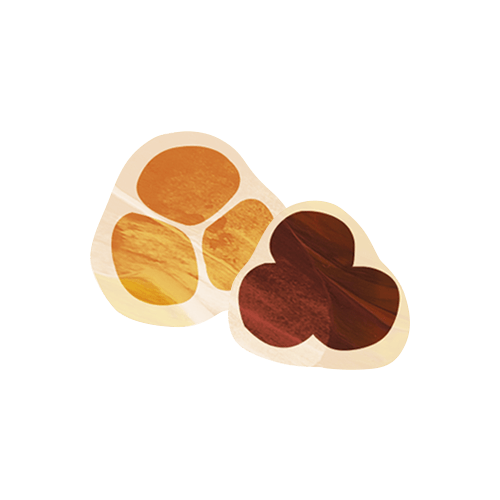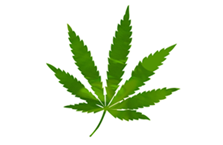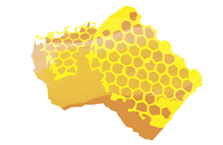Ethical, natural, and organic ingredients are selected from around the planet to provide a range of hard working creams and balms to repair and protect your skin, whilst doing the activities you love.









We believe and follow a Precautionary Principle and won’t use any ingredients we believe could harm you or the planet.
A type of surfactant used to produce a foaming effect, these derivatives are associated with known carcinogens. Look out for Cocamide DEA, Lauramide MEA, Linolemide DEA and Oleamide DEA when buying hand wash, shampoo and shower gel.
A powerful metal ion chelator that strips impurities from products and balances the formulation to help prevent it from spoiling. As they don’t biodegrade readily, we use biodegradable alternatives with a similar effect. Look out for EDTA on ingredient lists.
Parabens are synthetic preservatives used in cosmetics, many have had concerns raised over their safety and estrogen-like activity. Look out for words ending in ‘paraben’, such as ‘Methylparaben’ on ingredient lists.
Triclosan was all the rage as antibacterial products became ubiquitous in the 1990s. Even the FDA agrees that there is no health benefit to humans who use triclosan, and in 2013 ruled that manufacturers using it had to demonstrate that there were no long-term detrimental effects. Triclosan (in liquid products) and triclocarban (in bar soaps) have been linked to hormonal disruptions, bacterial resistance, impaired muscle function, impaired immune function and increased allergies. Instead, use naturally antibacterial and antiseptic agents like Tea Tree Oil.
Used as a plasticiser to create flexibility in hair sprays and nail varnishes or as a solvent to stabilise the fragrance of a product, some Phthalates are very toxic and have been banned from EU products. We’ve decided to ‘ban’ them all just in case. Look out for Dimethyl Phthalate and Diethyl Phthalate to avoid Phthalates.
These synthetically produced emollients are often used in haircare and skincare products to create a smooth texture. To mimic the effect we use vegetable oils, butters and waxes instead. Look out for words ending in ‘-thicone’ and ‘-oxane’, to avoid silicones.
Not enough is known about the long-term implications. Many GM ingredients are designed to withstand high levels of pesticides, but we prefer to support organic farming, avoiding agrochemical traces and protecting wildlife. Look out for GM-free products.
Often hidden under the term ‘Parfum’ or ‘Fragrance’ on ingredients lists, some synthetic fragrances can trigger allergies and asthma. We use 100% pure essential oils to naturally fragrance our beauty products. Instead of listing our essential oils collectively as a ‘blend’, we choose to list them individually to show they’re all natural oils.
SLS and SLES are known to cause skin irritation and trigger different allergies. SLS can be drying and more likely an issue for those with conditions like eczema, dermatitis or psoriasis — so alternatives should be sort. SLS also uses palm oil in its production.
This petroleum derived ingredient is used to prevent products from oxidising. There are scientific debates with uncertain conclusions around its safety and possible link as a potential carcinogen. It’s also toxic to the aquatic environment. Instead, we use vitamin-rich ingredients to create a similar antioxidant effect. Look out for BHT on ingredient lists.
Oxybenzone is one of the highest-risk chemicals found in sunscreen. It acts like estrogen in the body, alters sperm production in animals and is associated with endometriosis in women. Studies on cells and laboratory animals indicate that Oxybenzone and its metabolites may disrupt the hormone system. Opt for sunscreens with Zinc Oxide or Titanium Oxide or Avobenzene instead.